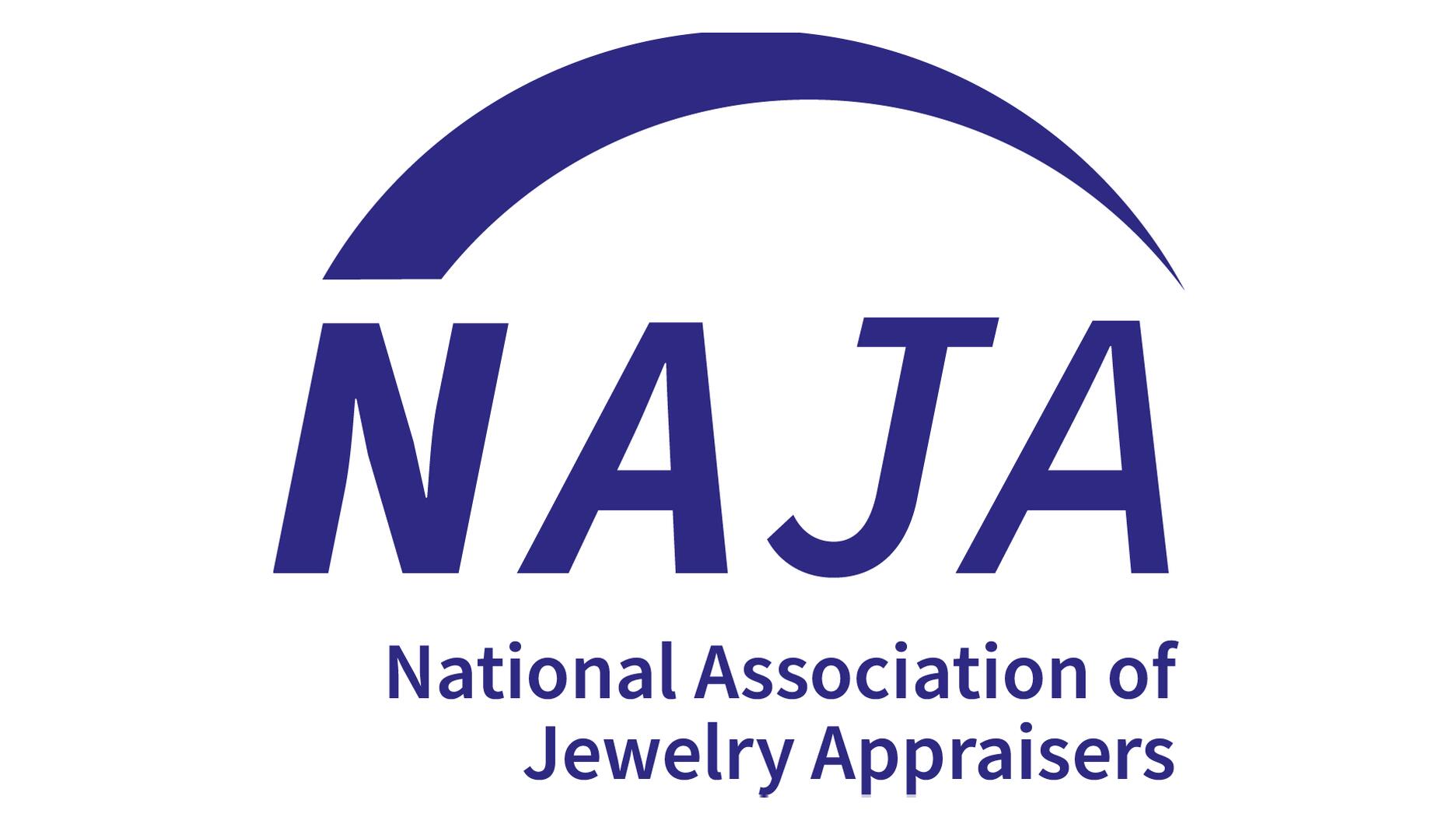Carlos Jose Hernandez and Joshua Zuazo were sentenced to life without the possibility of parole in the 2024 murder of Hussein “Sam” Murray.
New report details ups, downs of the KP
Partnership Africa Canada (PAC) recently published a report on the Kimberley Process on behalf of the KP’s civil society coalition, intended for use by the industry and the general public.
Ottawa, Ontario--Partnership Africa Canada (PAC) recently published a report on the Kimberley Process on behalf of the KP’s civil society coalition, intended for use by the industry and the general public.
According to the report, since the implementation of the Kimberley Process Certification Scheme in 2003, large volumes of rough diamonds have been brought into the legal trade and the process has injected transparency into the diamond industry and inspired the formation of other systems, such as the Extractive Industry Transparency Initiative.
However, it notes that there are problems with the process, many of which have been widely reported.
These include the “limited and outdated” definition of conflict diamonds--a new definition failed to pass last year--the need for unanimity instead of a strong majority to make any decisions and the need for the KP to address human rights.
The report also mentions weak internal controls in artisanal producing countries, where authorities cannot verify the origin of 25 to 50 percent of the diamonds they export, “extreme reluctance” to impose suspensions on non-compliant members, ineffectiveness in the peer review mechanism and lack of transparency.
The report states that although the KP has an agreement in place to publish annual and review reports on the KP website, it’s not being done, an issue that arose earlier this year in light of the just-conducted review mission on the United States. Civil society recommends all monitoring reports, participants’ annual reports and statistics be made public.
“The shortcomings of the KP are not insurmountable,” the report states. “And yet time and again, some governments appear unwilling to use the tools at their disposal to ensure effective implementation and enforce compliance. Alarm at KP ineffectiveness is so strong in some quarters that there are concerns that the KP could become irrelevant.”
A total of 11 organizations form the KP’s civil society coalition, which serves as a non-voting observer of the process along with the World Diamond Council, the Diamond Development Initiative and the African Diamond Producers Association.
The entire 33-page report is posted on PAC’s website and is available in both English and French. A listing of all 11 members of the KP’s civil society coalition can be found on KimberleyProcess.com.
The Latest

Yood will serve alongside Eduard Stefanescu, the sustainability manager for C.Hafner, a precious metals refiner in Germany.

The New Orleans jeweler is also hosting pop-up jewelry boutiques in New York City and Dallas.

How Jewelers of America’s 20 Under 40 are leading to ensure a brighter future for the jewelry industry.

Set in a Tiffany & Co. necklace, it sold for $4.2 million, the highest price and price per carat paid for a Paraíba tourmaline at auction.


The jeweler’s “Deep Freeze” display showcases its iconic jewelry designs frozen in a vintage icebox.

Take luxury gifting to new heights this holiday season with the jeweler’s showstopping 12-carat sphene ring.

Roseco’s 704-page catalog showcases new lab-grown diamonds, findings, tools & more—available in print or interactive digital editions.

This year's theme is “Unveiling the Depths of the Ocean.”

In its annual report, Pinterest noted an increase in searches for brooches, heirloom jewelry, and ‘80s luxury.

Starting Jan. 1, customers can request the service for opal, peridot, and demantoid garnet.

The 111-year-old retailer celebrated the opening of its new location in Salem, New Hampshire, which is its third store in the state.

The new catalog features its most popular chains as well as new styles.

The filmmaker’s personal F.P. Journe “FFC” prototype was the star of Phillips’ recent record-setting watch auction in New York.

The new location in the Design District pays homage to Miami’s Art Deco heritage and its connection to the ocean.

Inflations, tariffs, and politics—including the government shutdown—were among consumers’ top concerns last month.

Silas Smith of Meridian Metalworks won the challenge with his pendant that blends Australian and American landscapes.

The sale of the 31.68-carat, sunset-hued stone was part of Sotheby’s first series of events and auctions in Abu Dhabi.

Most customers who walk into your store this month have made up their minds. Your job is to validate their choice, Emmanuel Raheb writes.

The collection features characters and motifs from Ukrainian folklore, including an enchanted mirror and a magic egg.

MatrixGold 3.11, the newest version of the jewelry design program, offers more flexibility, precision, and creative control.

The pavilion will be part of the 2026 JA New York Spring show, scheduled for March 15 to 17.

Kadet, a 1994 National Jeweler Retailer Hall of Fame inductee, helped grow the family-owned retailer in the Chicago area and beyond.

Billed as the world’s smallest wearable, Lumia Health’s new smart earrings have a health tracker subtly embedded in the back.

Don’t let those with December birthdays feel blue. Help them celebrate their month with blue zircon, turquoise, and tanzanite.

The new pink sapphire version of the piece dances with its wearer in the brand’s “Icons After Dark” holiday campaign.

A choice that’s generated a lot of commentary, Pantone says “Cloud Dancer” marks a fresh start and encourages relaxation and creativity.


























